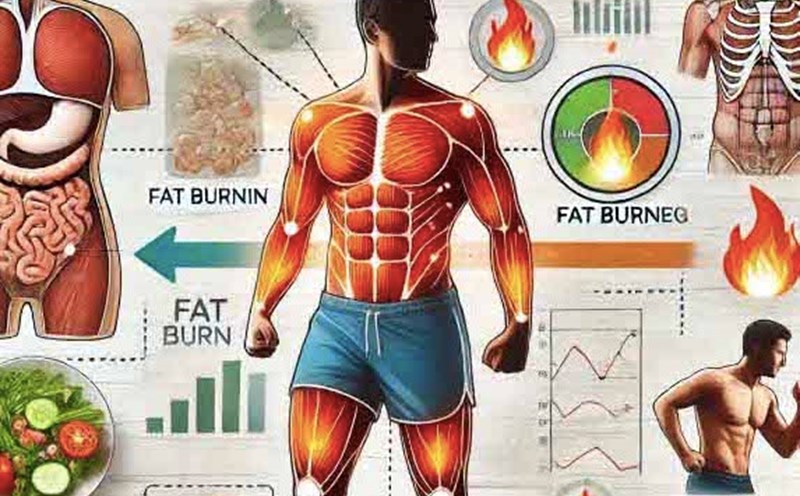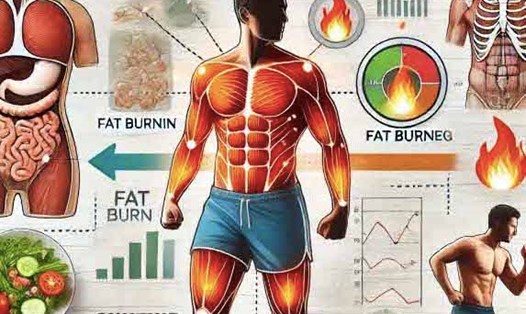Visceral fat is the type of fat that accumulates around important organs such as the liver, intestines, and kidneys. The accumulation of visceral fat not only affects appearance but also poses a high risk of serious diseases such as cardiovascular disease, type 2 diabetes and high blood pressure.
To reduce visceral fat, a reasonable and scientific diet for lunch is very important. Prestigious medical research organizations around the world have shown essential foods for lunch that effectively reduce visceral fat.
A diet high in fiber from vegetables and fruits has a positive effect in reducing visceral fat. A study published in the Journal of the American College of Cardiology shows that people who eat foods rich in fiber such as green vegetables, fruits and whole grains tend to reduce visceral fat more effectively. Fiber not only helps digestion well but also helps reduce cravings, thereby helping to control weight and reduce excess fat.
In addition to fiber, it is extremely important to add healthy protein sources to lunch. Eating protein from sources such as fish, skinless poultry and beans helps maintain and build muscle. Muscles have the ability to burn calories effectively, thereby helping to reduce visceral fat accumulation. Adding protein to your diet not only helps reduce body fat but also improves metabolism.
Reducing processed foods, especially fast foods high in sugar and saturated fat, is also an important factor in reducing visceral fat. Experts from the World Health Organization recommend limiting the consumption of processed foods, as they can cause weight gain and fat accumulation, especially visceral fat and belly fat.
To effectively reduce visceral fat, lunch should include lots of vegetables, fruits, foods rich in fiber, healthy protein sources and limit processed foods. A scientific diet not only helps improve health but also contributes to reducing the risk of diseases related to visceral fat.











